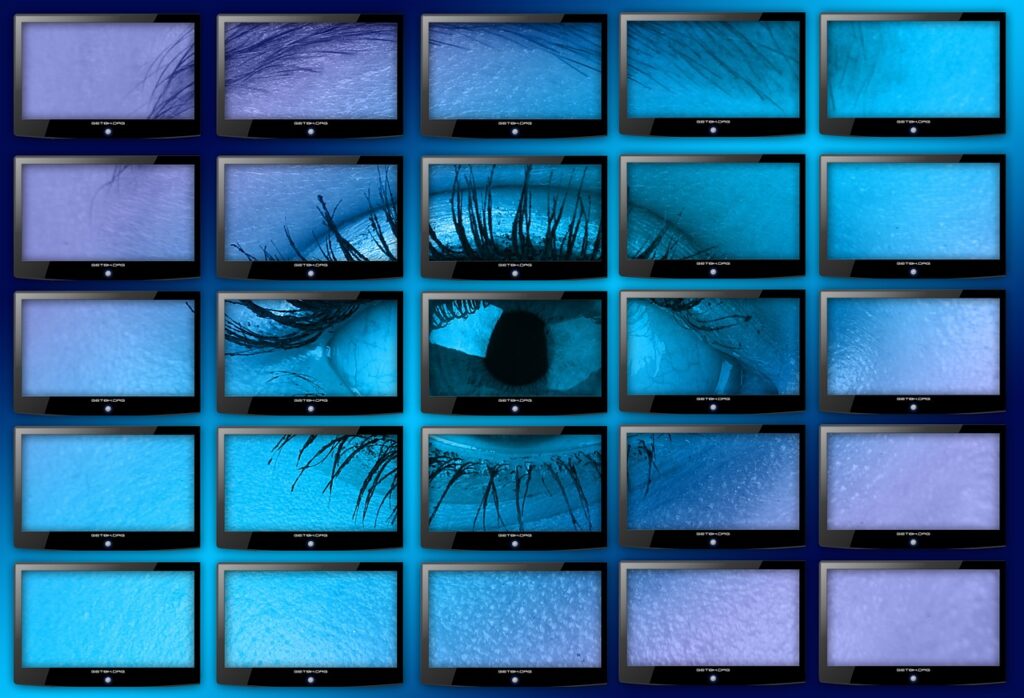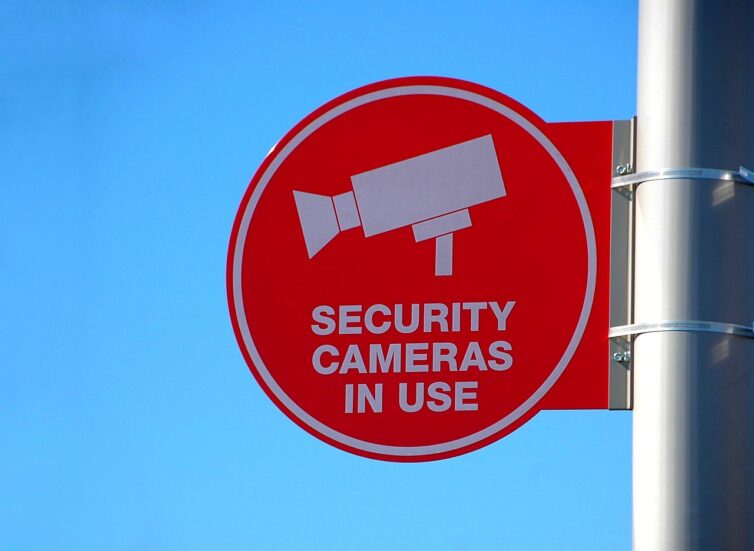“Notice. All Activities Monitored By Video Camera.” — Various Department Store Surveillance Signs
The adage that a watched pot never boils is false. The boil will occur, regardless of whether someone is observing it. Watching the pot appears to increase the time it takes to boil, especially if that is the only task that the cook is working on at the time. ‘Watching the pot’ can also be a waste of talented resources, and this is no different in manufacturing.
If monitoring a process is all we require, we can perform the task via engineered controls using cameras, thermocouples, and transmitters. Some can be tied to switches and valves that respond automatically after a certain threshold is reached, but that is difficult for cameras. Where camera systems are in use at chemical processing facilities, they can serve various uses, but how they interact with safety systems is unclear.
Big Brother is Watching
With the 80s and 90s science fiction nostalgia and the growth of Artificial Intelligence models, there is a growing awareness of how many camera systems are being used in our daily lives. Closed circuit television and other camera systems are being utilized everywhere, even in the chemical manufacturing industry. I have facilitated Process Hazard Analyses (PHAs) for clients who wish to call their CCTV system or other 24/7 camera monitoring a safeguard. I have listed it as a safeguard in some scenarios, but only after a few questions regarding their use of optical monitoring equipment for the process are answered.
Question 1: Are they maintained and is their data reviewed over a timed period?
When it comes to including safeguards during a hazard review, especially non-routine safeguards, it is useful to have the engineering controls independent, effective, and auditable. This allows for the safeguard to be included during a Layers of Protection Analysis (LOPA), but also confirms that the engineering control is being maintained, eliminates the hazard or initiating event, and is responsive. With camera monitoring, it may not meet every criterion as an Independent Protection Layer (IPL), but it can confirm that the system is in use and maintained. If there is a desire to account for the monitoring system separately, there will need to be further discussion of how it provides a risk reduction in likelihood or consequence. If the systems are considered as part of operator rounds instead, it could provide for viewing of hard-to-see angles and provide a safe distance for those monitoring to view the process away from the hazards present. However, it would not count as a separate safeguard in this scenario.
Question 2: Do they prompt a defined and effective response by operators?
Unless the team wants to consider the camera system as part of the operator rounds or part of other safeguards, it can be difficult to justify the system as an additional safeguard. If the system’s software is configured to signal a specific alarm or action by a response team, the system can be deemed effective and independent from other safeguards, especially if the software only relies on the system itself and is not tied to the control system. Potential camera systems that may be utilized in this way are more specific than general CCTV systems, like infrared cameras to monitor vessel temperatures and detect hot spots, for instance. These specialized systems also must be able to withstand the potential temperature, pressure, or chemical hazards that may be present during the hazardous scenario, which makes the equipment more costly to maintain and install.
Question 3: What is the intended use of the system?
If the intended use of the camera system is for general monitoring of the process area for security or supervision of operations, it may not be considered a safeguard during a hazard analysis. Outside of being considered as a safeguard, it may exist as a tool used for security purposes to control access to the process area, but that may only modify the occupancy factor for a scenario. All these purposes also rely on there being a team to view the feed during operating hours in order to respond to potential scenarios because video footage is a more complex collection of data than temperature readings. Unlike defined and quantified readings, video footage takes time to process and interpret. Thus, if the system’s feed is not monitored, it may not function as an active part of the site safety policies and procedures. Even if it is a passive tool, it can prove helpful during incident investigations to determine the initial events of the incident and potential causes. This is especially useful when the initiating events occur without operators witnessing the event.

Photo credit: Gerd Altman via Pixabay
A Computer is Easier to Replace than an Operator
No matter which way you lean on emerging technologies, those used to ensure that more people make it home to their loved ones at the end of the shift are good. The question then becomes how effective tools like camera systems can be and whether they can provide a significant risk reduction to be relied upon as an additional safeguard. If your site or facility is moving to use a CCTV system as a complement to existing rounds or using a specifically software-configured system to provide an alarm, it may be prudent to create documentation and training to ensure proper operation. Confirmation that the equipment can stand up to the expected hazardous conditions is an important factor in considering the system as part of a safeguard or emergency system. In any case, without a level of human preparation and potential response, a watched pot will boil, and someone may get burned.
